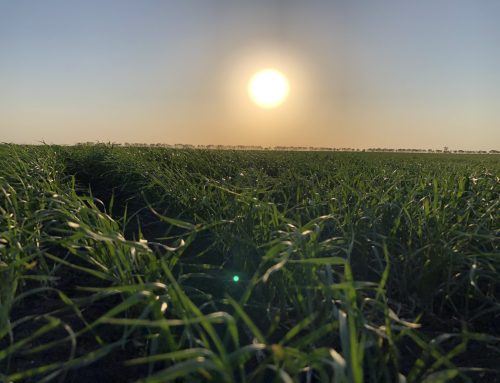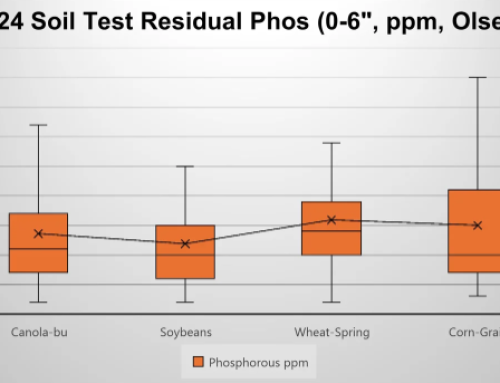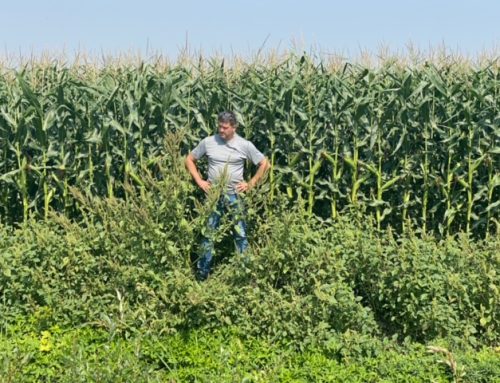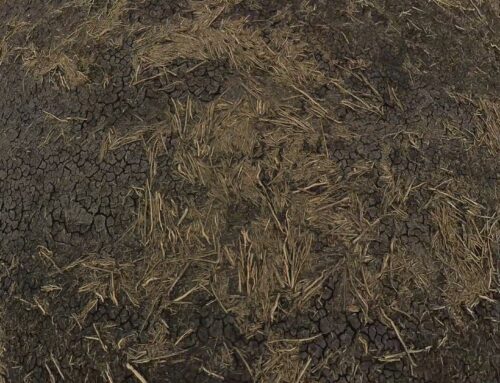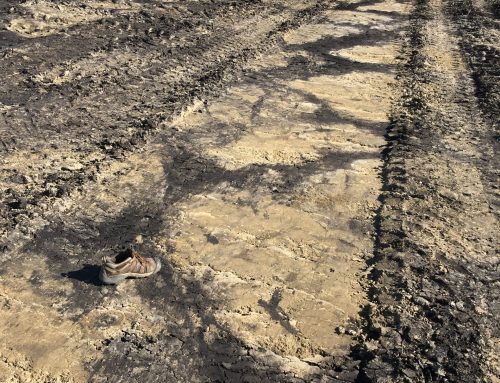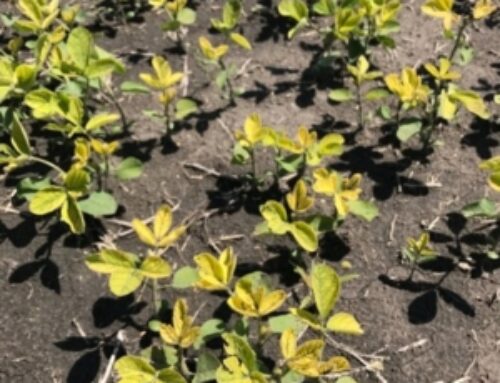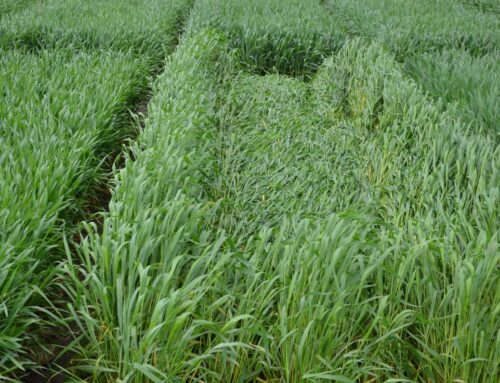How you manage last year’s crop residue has a massive impact on next year’s crop and yield potentials. Proper residue management can improve soil health, reduce erosion, insulate your field, aid during spring thaw, and increase your harvest yields. The Manitoba Red River Valley is known for its hot summer weather and ample growing moisture which produce massive amounts of plant material. Producing large amounts of crop residue can be both a blessing and a curse when it comes to planting next year’s crop. Dealing with all this crop material presents a number of challenges.
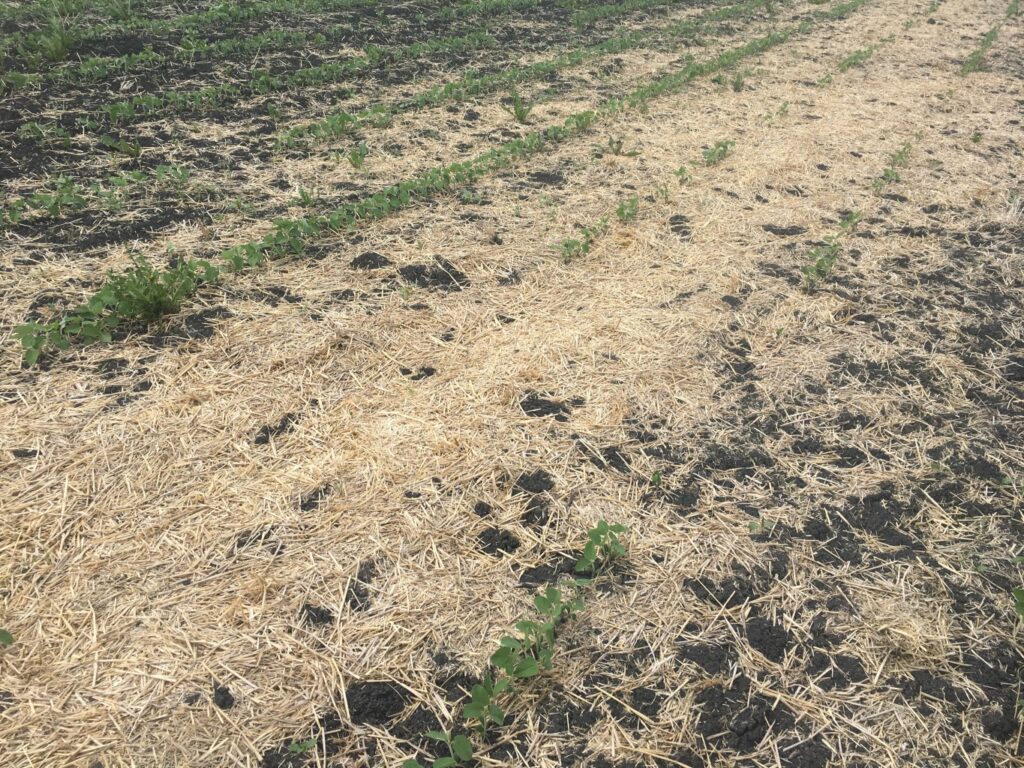
Dealing with your crop residue at harvest or planting?
There are two factors that producers can control when it comes to residue management at harvest time: Sizing and Distribution.
Why do we need to worry about crop residue sizing?
Properly sized crop residue will spread more evenly, incorporate into your seedbed better, and break down faster.
Harvest is often a race against time to get the crop in the bin before adverse weather can affect the quality or cause crop yield loss. Properly sizing residue at this time can rob valuable horsepower and reduce harvest efficiency. Producers are notorious for trading threshing capacity against proper residue management.
However, the smaller we make the crop residue, the easier it is for insects and microbes to decompose it and break it down. Plant residues hold a lot of nutrients and feed microbes and bacteria. In exchange, the microbes and bacteria release valuable nutrients that feed future crops.
Proper sizing is also very important when it comes to our next topic, proper distribution.
Using 4R Nutrient Stewardship provides economic, social and environmental impacts by increasing your production, reducing fertilizer loss and protecting waterways and the environment. Soil sampling improves your fertilizer use and optimizes your yield goals. Improve your GPA by having an annual soil test done on every field. If you are questioning the value of your current soil testing efforts, reach out and maybe we can help.
Why is crop residue distribution so important?
Proper distribution of crop residue ensures a more even crop next year. Harvesting equipment is now at a point where it is challenging residue distribution. The size and weight of residue limits how far it can physically be spread behind a combine, especially against any kind of wind, which we do not seem to be very short of on the prairies. As combines move beyond 40 ft header widths, the challenge will become even greater.
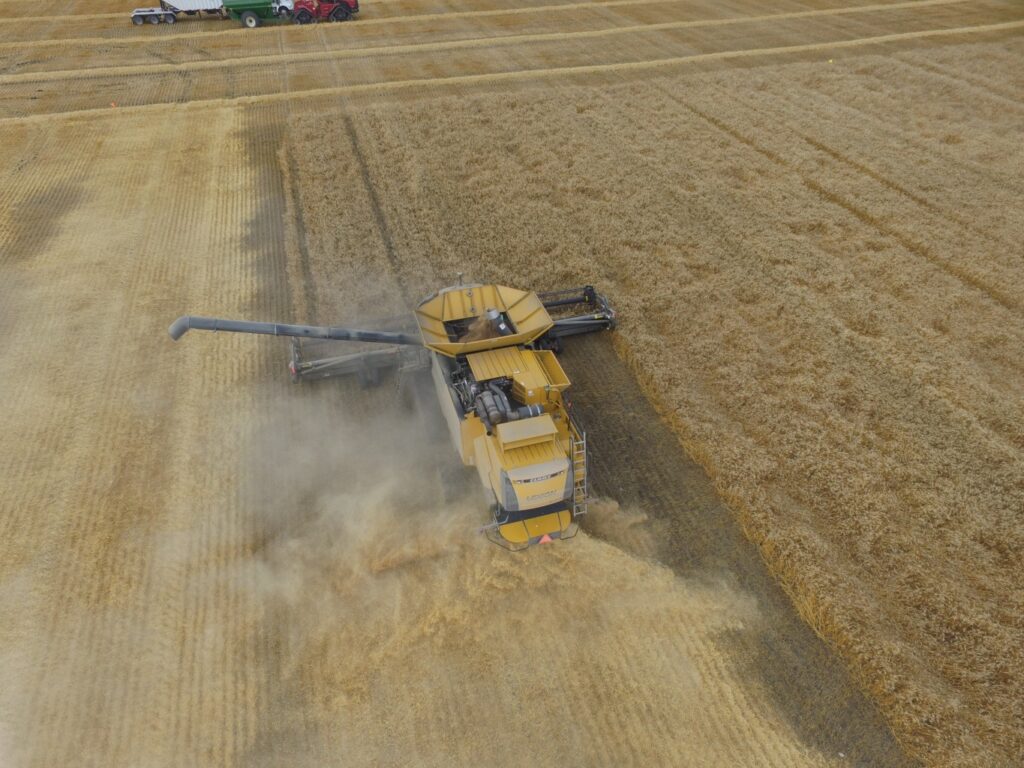
Don’t get me wrong, today’s threshing equipment is head and shoulders above what it was even 15 years ago. Today’s fine cut choppers do a great job of sizing residue and allow for independent adjustments to either side that help manage crosswinds. However, uneven crop residue distribution can cause a multitude of problems. As mentioned, residues hold a lot of nutrients, so uneven distribution can lead to varying amounts of nutrients in your field.
Another problem with uneven residue distribution is soil temperature. Heavy residue does a good job of insulating soils for winter, especially if left on the soil surface. Surface crop residue is harder to incorporate properly and can seriously affect the evenness of next year’s crop.
In short, the key to residue distribution is to get an even spread across the full width of your harvest header. Properly sized and distributed residue will ensure better incorporation, and improved emergence and growth of next year’s crop.

